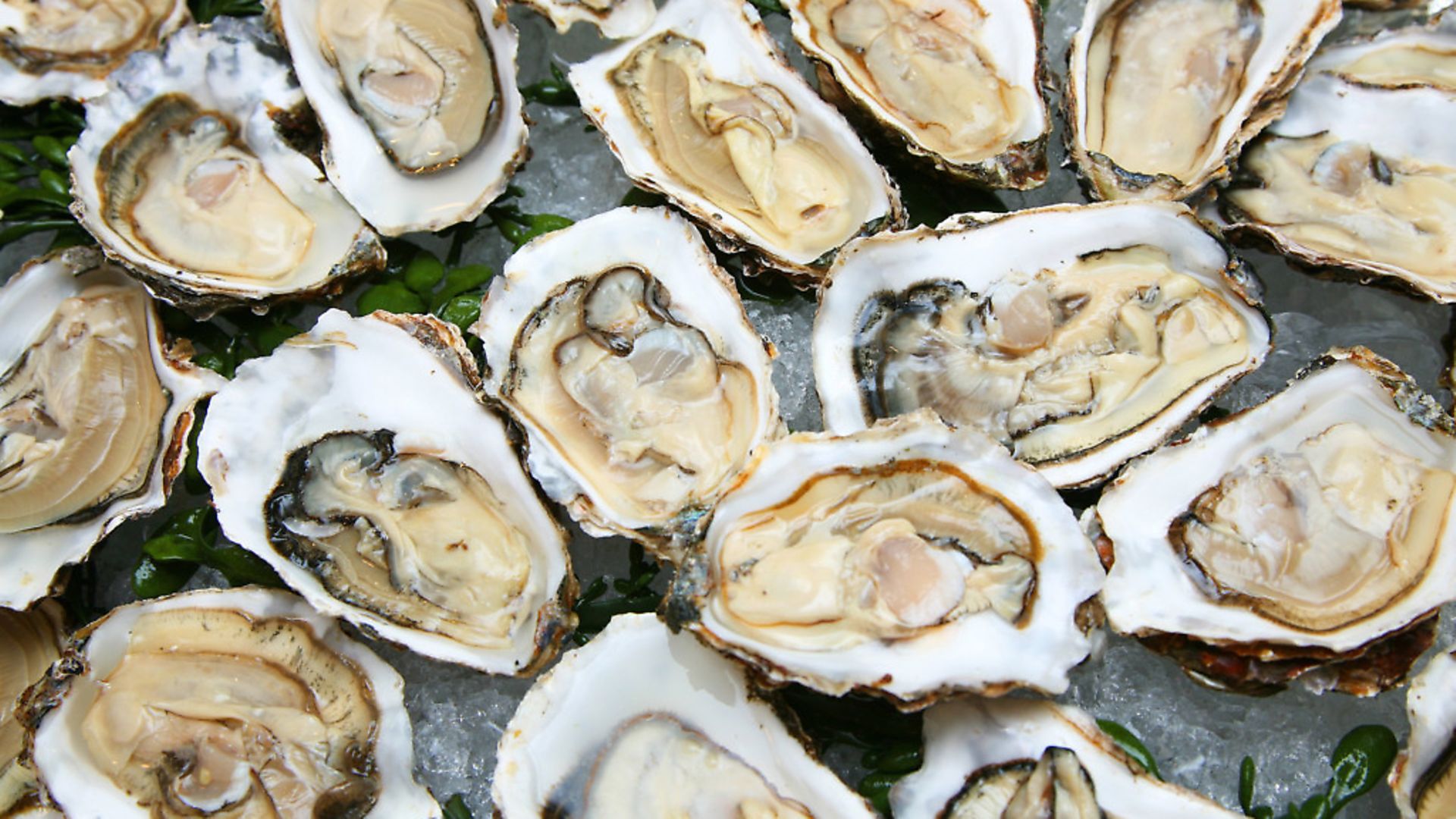
More than a century after they became extinct there, oysters are returning to a Scottish firth.
Oysters were abundant in the waters around the Dornoch Firth in the north-east of Scotland from 10,000 years ago. But overfishing decimated stocks in the late 19th century and the shellfish became extinct. Now, thanks to a groundbreaking environmental project, the local population is witnessing the reappearance of the native mollusc.
May saw the official return of European oysters to Scotland’s Highland coastal waters after a century’s absence. The Dornoch Environmental Enhancement Project (DEEP) is an ambitious project led by Heriot-Watt University, Glenmorangie Distillery (on the banks of the Firth at Tain), and the Marine Conservation Society.
Its vision is to restore long-lost oyster reefs to the marine protected area of the Dornoch Firth, enhance biodiversity and act in tandem with a newly commissioned anaerobic digestion (AD) plant built by Glenmorangie on its site to help purify the waters of the Firth.
This new £5m AD plant will treat the distillery’s pot ale (the solids that remain after primary distillation), spent lees (residue from the spirit distillation), and washing water (the waste water used when cleaning the mash tun and washbacks).
Inside, bacteria break down the organic waste fed to them in the absence of oxygen – the anaerobic digestion process. The treatment process has a capacity of 2,500 cubic metres – the equivalent of eight days of organic load (that is, the remains of the barley) from the distillery.
Out of the reactor come three by-products: water, a copper-rich sludge and bio-gas. The water and sludge are separated by a complex filtration system, and the resulting high-quality, filtered water is returned to the Dornoch Firth. This is measured in chemical oxygen demand, an index of the effect the wastewater will have on the environment.
The distillery currently falls within its Scottish Environment Protection Agency (SEPA) licence to discharge 350 cubic metres per day of suspended solids (that is, the fine organic ‘soup’ left over from the barley) into the sea. But the new anaerobic digestion plant will clean 95% of this waste.
The bio-gas process creates steam that will help power the distillery, reducing reliance on fossil fuels by 15%. Meanwhile, the sludge, which contains copper is to be passed to local barley farmers who are reliant on fertilisers on land that is naturally copper deficient.
The remaining 5% of the chemical oxygen demand will then be taken care of by the oysters which are natural bio-filters. Within ten years, established oyster reefs will comfortably soak up this remaining 5% because they ingest plankton and other matter, build organics and nutrients into their tissues and lock away sediments on the seabed.
Today, remaining wild populations of oysters are formally recognised as in need of protection throughout Atlantic Europe. The return of native oysters to the Dornoch Firth for the first time in more than 100 years will enrich protected marine ecosystems of international importance.
Shellfish beds create complex physical structures on the seabed and, by filtering water, they concentrate food for other species on the seabed in the form of faeces and partly digested material. The flow of food to the seabed drives rich biodiversity and can create nursery habitats for others species.
Of course, because of their rarity, we have to look to other shellfish-dominated habitats in similar environments to understand how this might work in restored European oyster beds. Similar stories have emerged for the American oyster species too, including the soak up of nutrients that would otherwise fertilise the growth of algae in the water.
So the DEEP project is casting far wider restoration possibilities in Europe, and beyond that could deliver improved water quality and biodiversity conservation benefits.
There are water-quality challenges in many coastal water bodies today, from land-based use of fertilisers in agriculture to human waste. Modern water management techniques have undoubtedly made great improvements, but human populations are growing, and pressures and costs of water management are increasing.
In Chesapeake Bay, Virginia, the American species of oyster once filtered the whole water body in a mater of days, so restoration programmes there can show notable environmental improvements.
The DEEP project has shown oysters can successfully re-establish in the Dornoch Firth and the team is now testing their survival and growth with a view to fully restoring the former oyster habitat.
This kind of nature conservation project is also a win for the distillery on several levels and the DEEP project demonstrates its investment in proper, sustained stewardship of the natural surrounding environment. Something that in turn can help its brand.
Putting oysters back into a system like the Dornoch Firth will take time (and appropriate licences) because the habitats will need time to mature and oyster populations will require a concerted effort to boost them back to a realistic size. This means long-term thinking and commitment, which happily comes naturally to a company whose products takes a minimum of ten years to produce.
For now, the DEEP project has recovered a forgotten past where oyster beds were once plentiful, and made possible a future where the return of oysters to the east Highland coastline means sustaining a healthy marine environment in a natural way.
Bill Sanderson is associate professor of Marine Biodiversity at Heriot-Watt University; this article also appears at www.theconversation.com
Warning: Illegal string offset 'link_id' in /mnt/storage/stage/www/wp-includes/bookmark.php on line 357
Notice: Trying to get property 'link_id' of non-object in /mnt/storage/stage/www/wp-includes/bookmark.php on line 37






